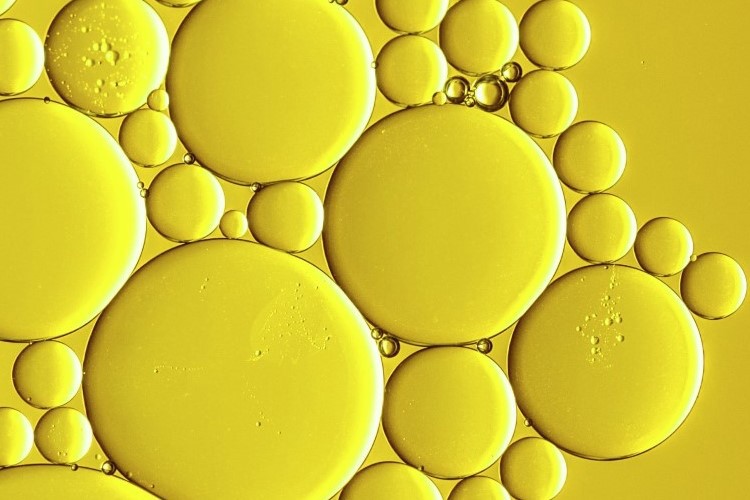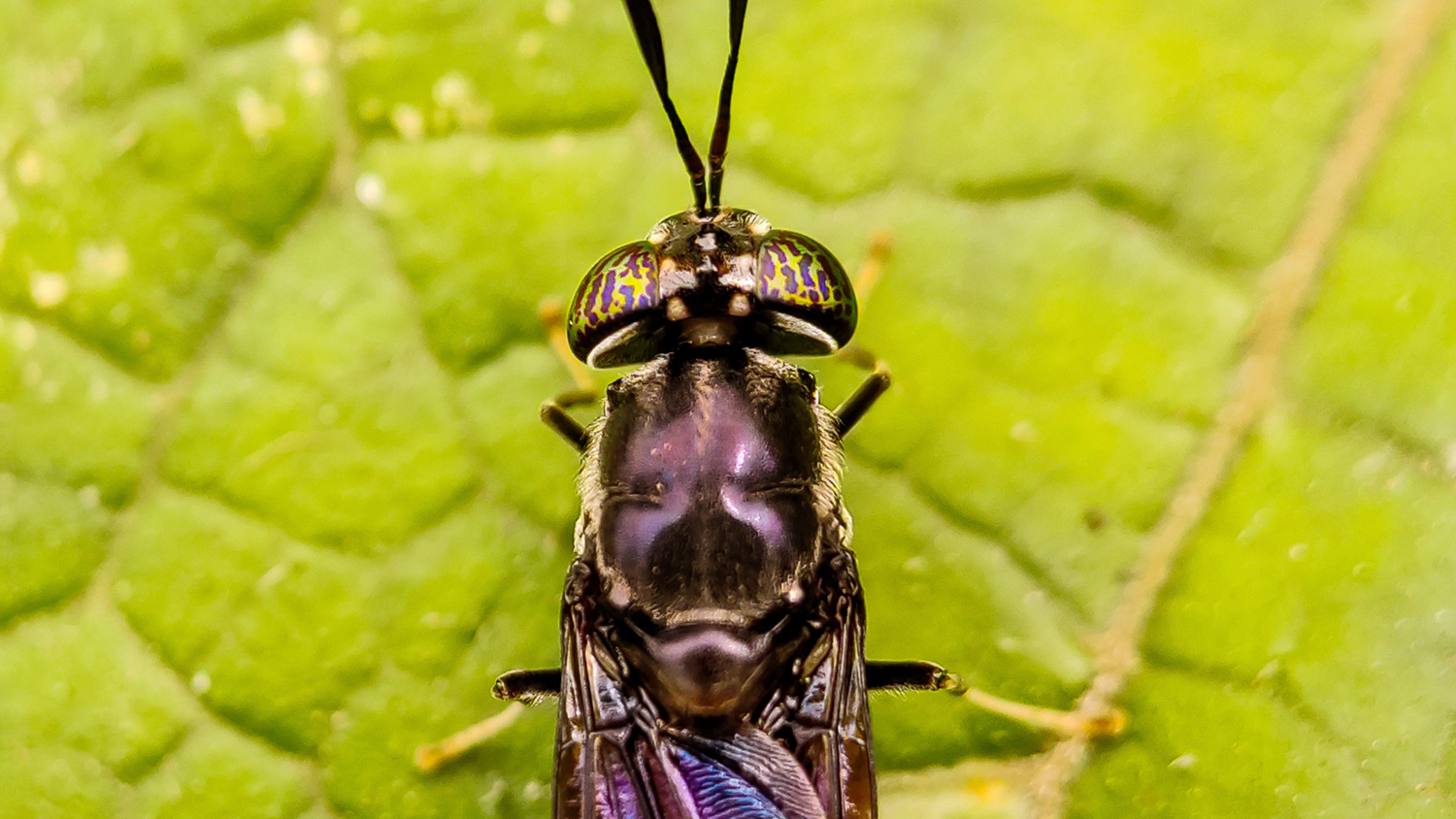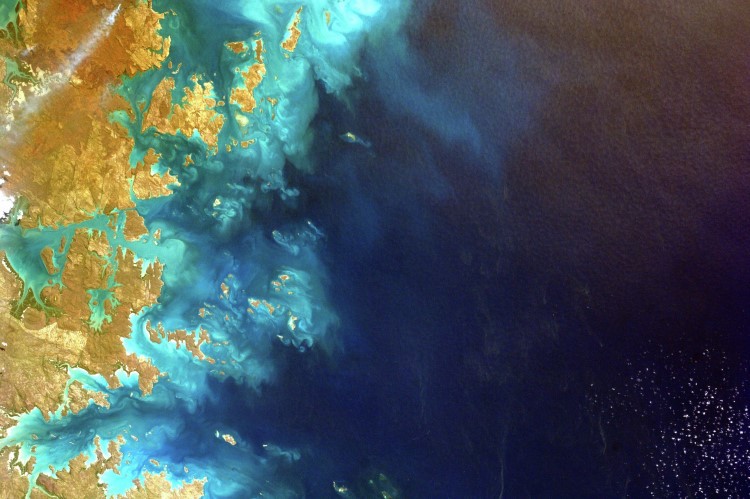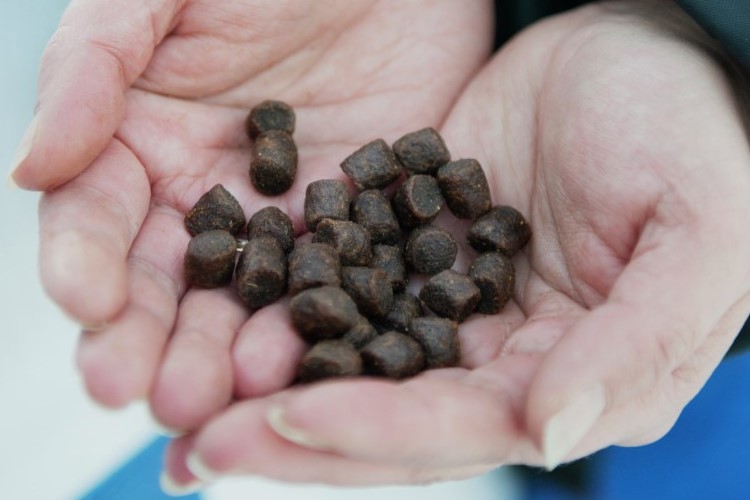
Flexibility is key
Skretting has been evaluating alternative novel ingredients, the ways that they work together and the benefits that they can provide aquaculture species for many years. The constant ambition throughout all of this R&D is to extend the flexibility of the aquaculture value chain, and this determination has been turning many innovations into commercial realities.
In 2016, we delivered MicroBalance FLX, the world’s first commercial salmon feeds capable of being completely free of fishmeal and other marine proteins. Crucially, they provide equal performance in terms of fish growth and health. Through this technology, traditional feed ingredients have become much more interchangeable and this has allowed salmon farmers to produce more from less in a sustainable way. MicroBalance FLX was followed by N3, a salmonid diet that utilises marine algae oil containing high levels of EPA and DHA. This has brought the same level flexibility to fish oil.
Together, MicroBalance FLX and N3 have moved the aquaculture industry even closer to total independence from fish-based raw materials. Indeed, salmon have already been raised on a diet with zero fishmeal and fish oil inclusion. More innovations are in the pipeline, but while we’re working to reduce the reliance on marine ingredients, we shouldn’t completely stop using these sustainably sourced raw materials that are available to us. We have to recognise that to do so could have detrimental effects on responsibly managed reduction fisheries. Because both fishmeal and fish oil still remain relatively abundant and provide natural, well-balanced sources of high-quality protein and energy for aquaculture feed formulation, we will continue to utilise them in our diets. However, we will be striving to do that much more selectively, while also giving new technologies the platform to make tangible contributions to future food production.
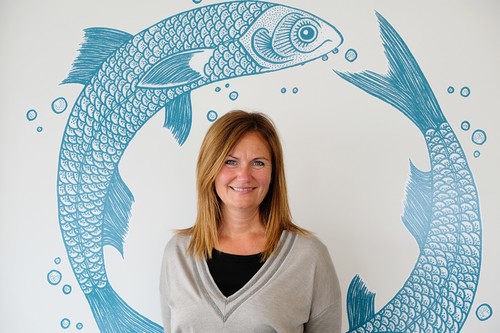
Therese Log Bergjord, CEO Skretting, COO Nutreco
At Skretting, we have long maintained that the application of novel ingredients is not a leap of faith; it’s an essential step in sustainably meeting the long-term food and nutrition security needs of a fastgrowing population. Equally, we believe that utilising these game-changing innovations makes sound commercial sense – it can pave the way to improved efficiency, which is good for profitability across the entire value chain.
Trygve Berg Lea, Sustainability Manager Skretting
If the global population meets the forecast for 2050 and consumption remains the same, we will need an additional 30 million tonnes of aquaculture production. This will require at least 45 million tonnes of extra feed. The shared supply of enough feed raw materials will become a challenge. At the same time, a larger aquaculture industry represents an ideal opportunity to further develop the feed ingredient sector, particularly tailor-made ingredients for fish and prawns.
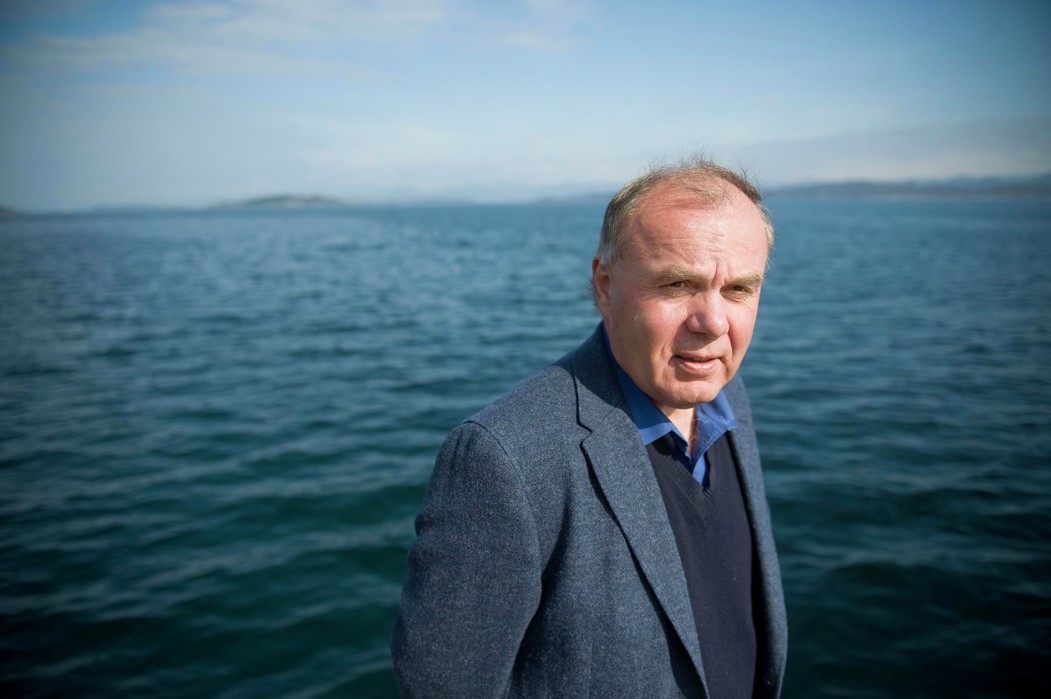
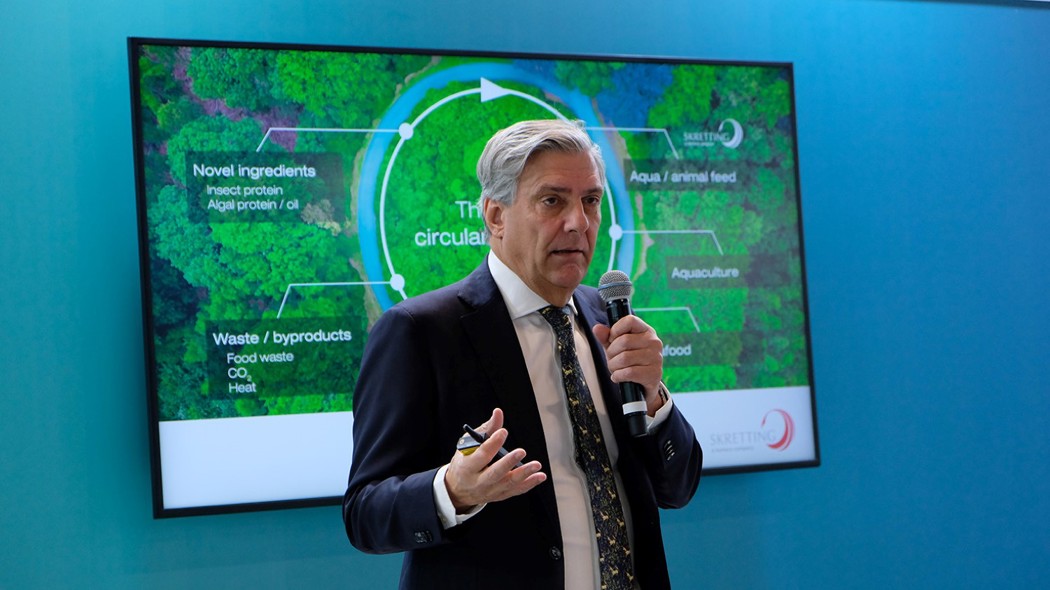
Jose Villalon, Corporate Sustainability Director Nutreco
The need for sustainable ingredients is ever increasing. Consumers and food retailers are aware of the negative environmental pressure and ‘footprint’. As aquaculture grows we need to supplement fishmeal as the best source of dietary protein. The next step is novel ingredients. Having diversity to choose from multiple sources to meet the nutrient requirement is paramount. The race for novel and versatile ingredients that do not put unwarranted stress on sensitive environments is on
Alex Obach, R&D Director Skretting
Novel ingredients such as insect and microbial proteins can provide farming with unlimited, sustainable raw materials. Unlike natural resources, production has no dependencies on arable land or animal production – with a carbon source, energy and a small quantity of water, you can feasibly produce as many million tonnes as you like. You can also set up these ventures almost anywhere: close to where feeds are formulated; where fish and shrimp are farmed; near sources of carbon; or in places where energy is abundant.
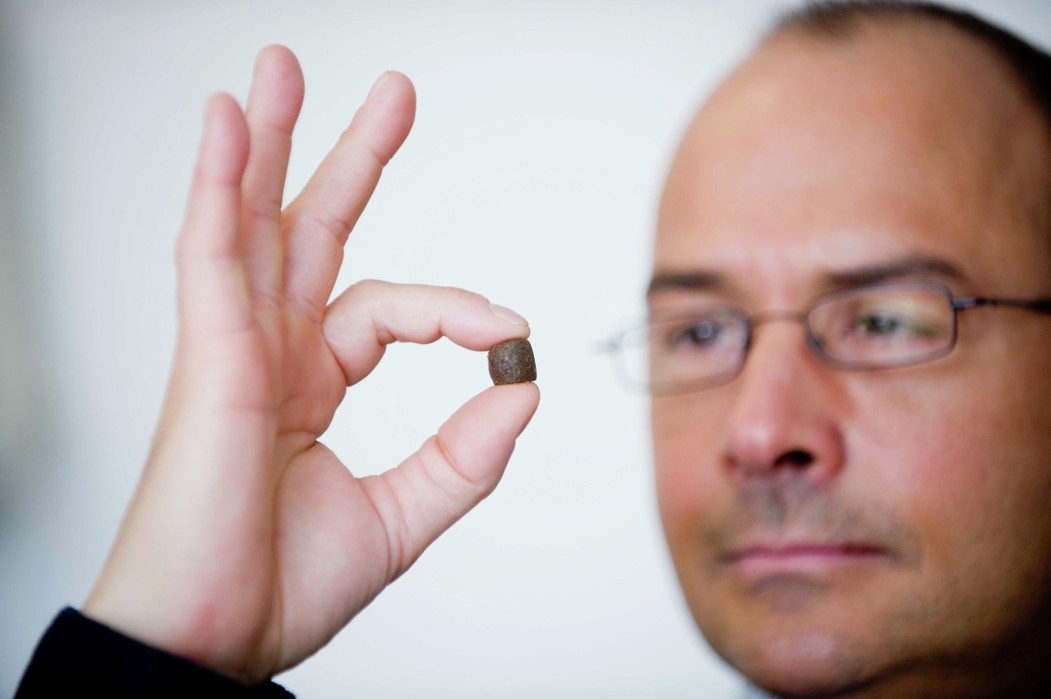
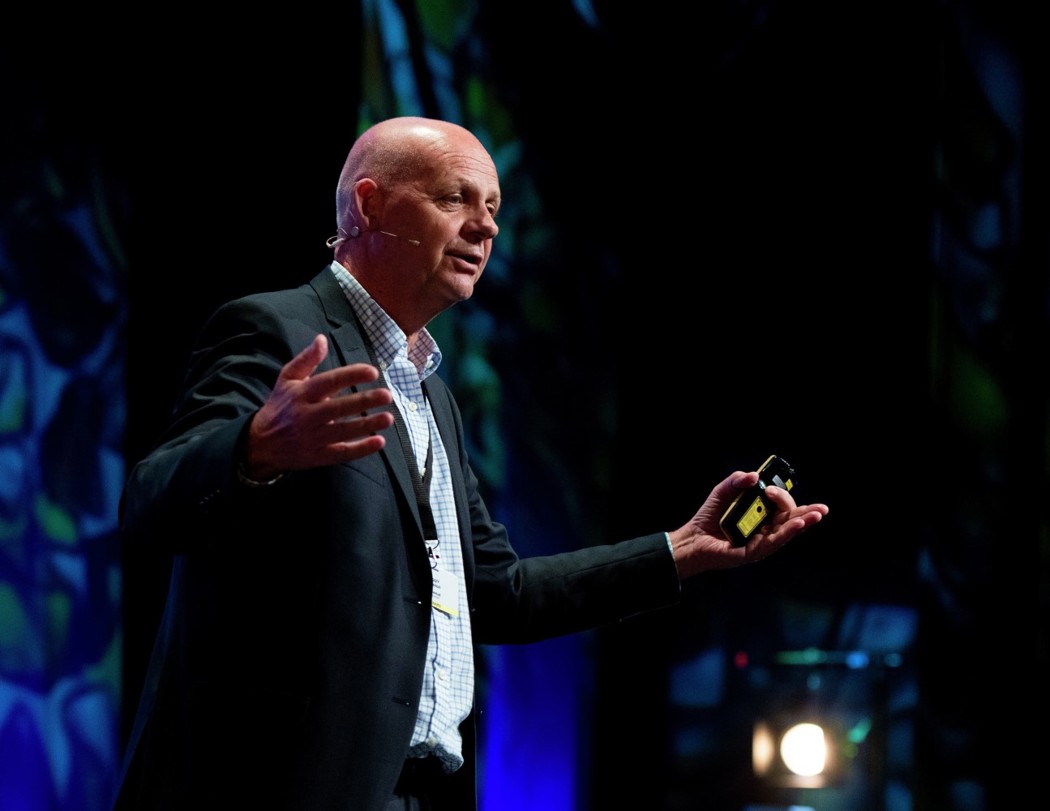
Viggo Halseth, Chief Innovation Officer Nutreco
There’s an abundance of new technologies coming through that seem to be extremely efficient in terms of land and water use. Currently, in almost all cases, they’re not at commercial scale. Therefore, they have potential but there’s also risk. We are playing an important role here; we are committed to a strategy that not only assesses and validates such innovations, it enables them to be scaled up and brought into the market. And while we can’t support all of them, we are not limiting our investment to a single technology. There’s undoubtedly room for more than one winner in this space.

